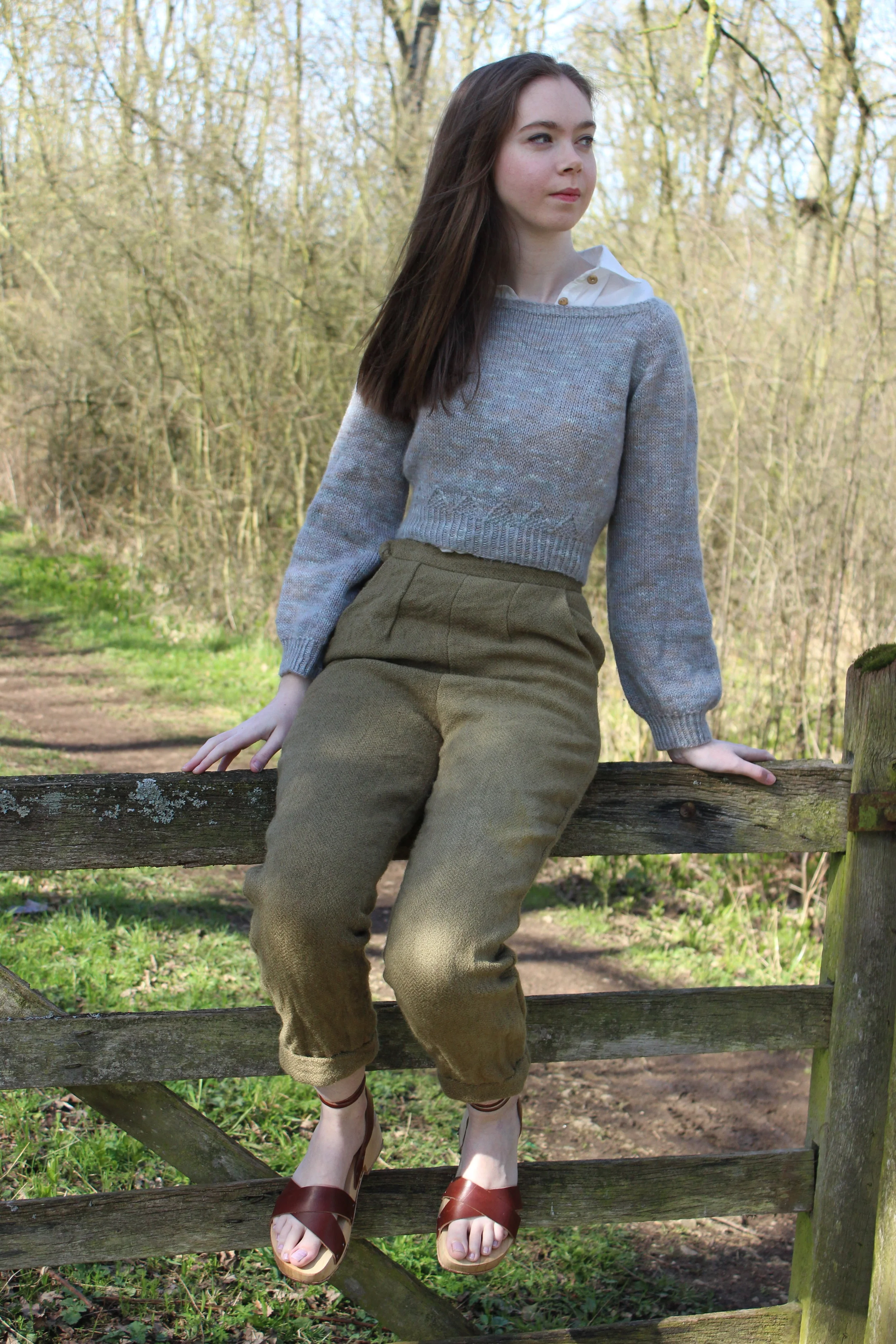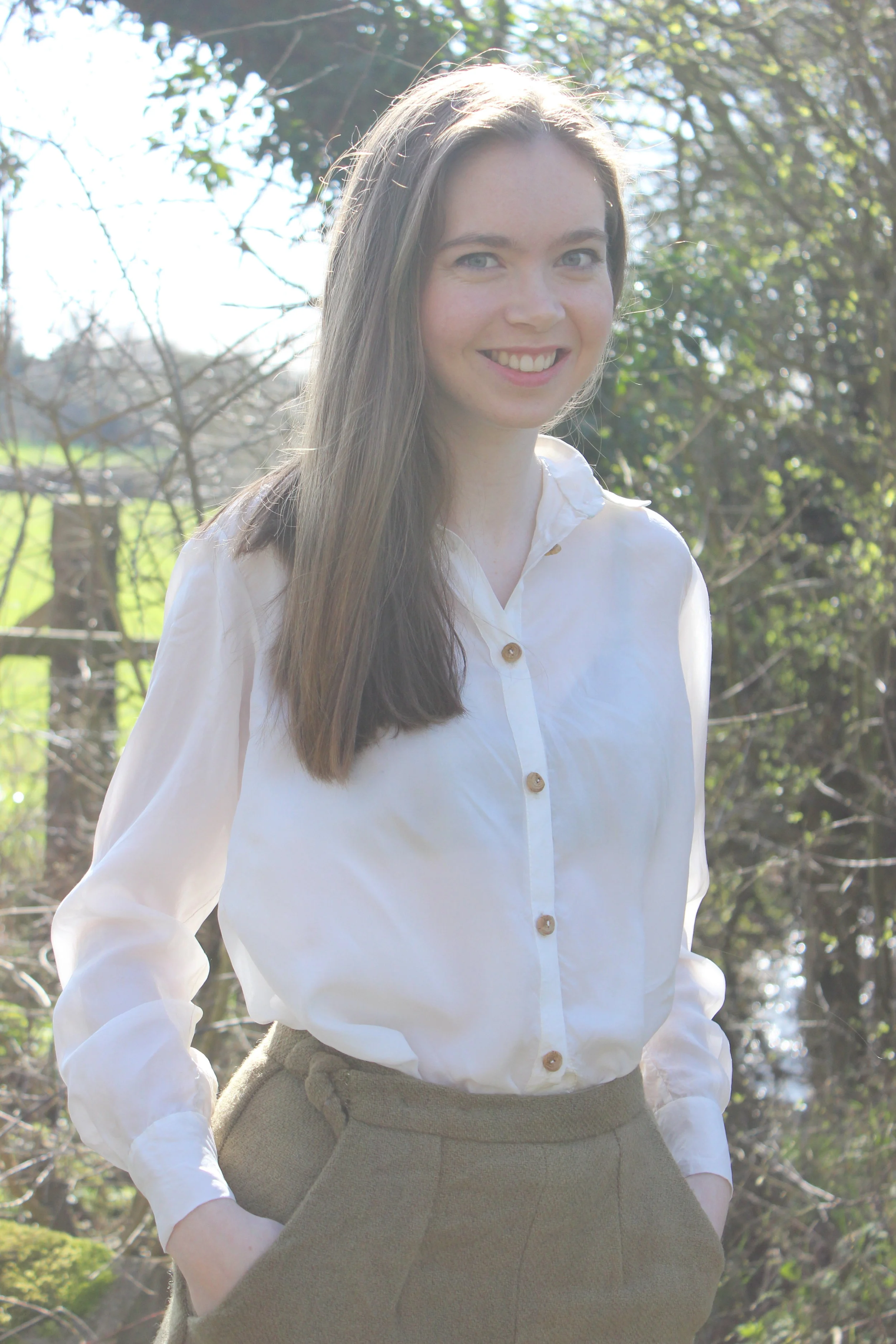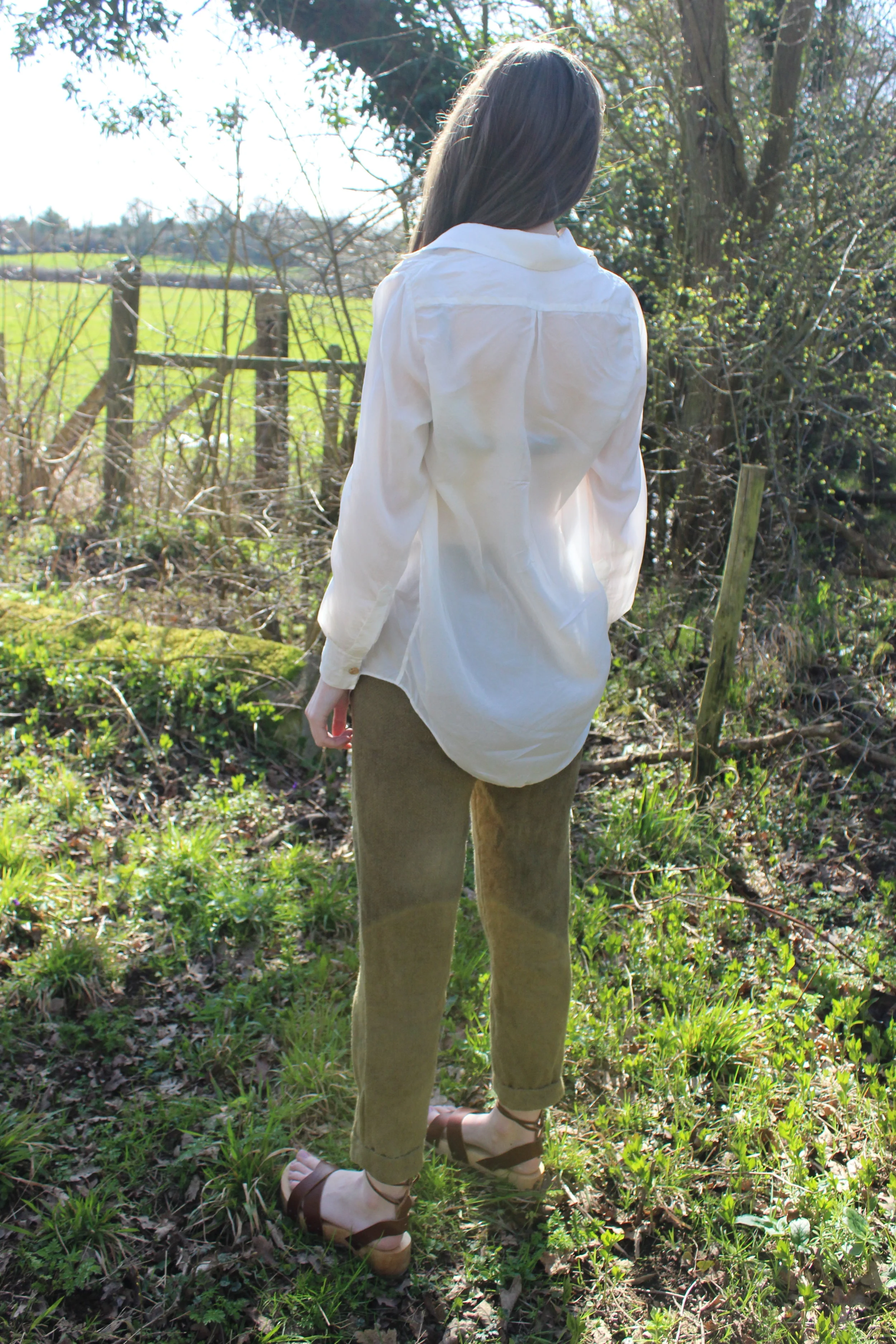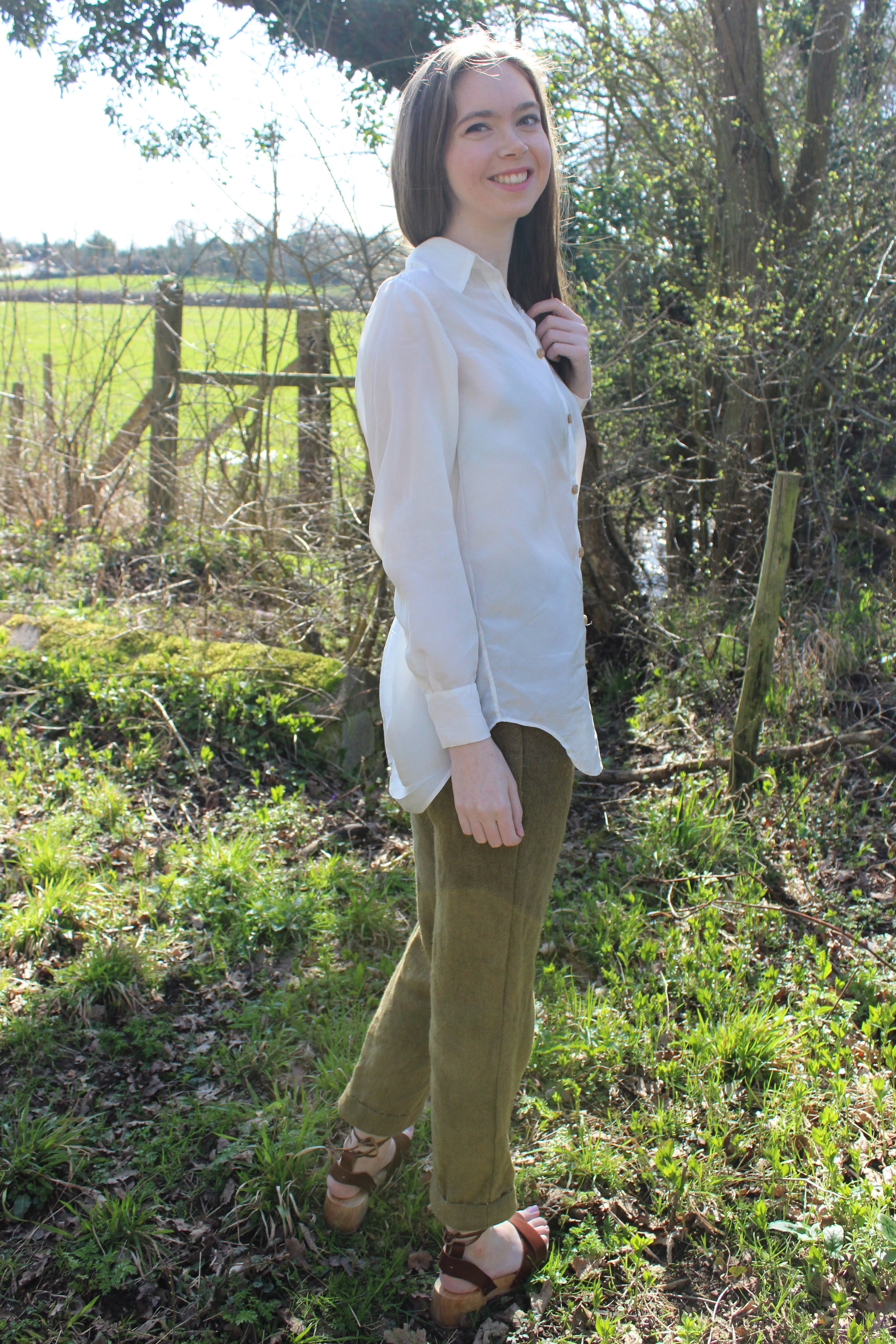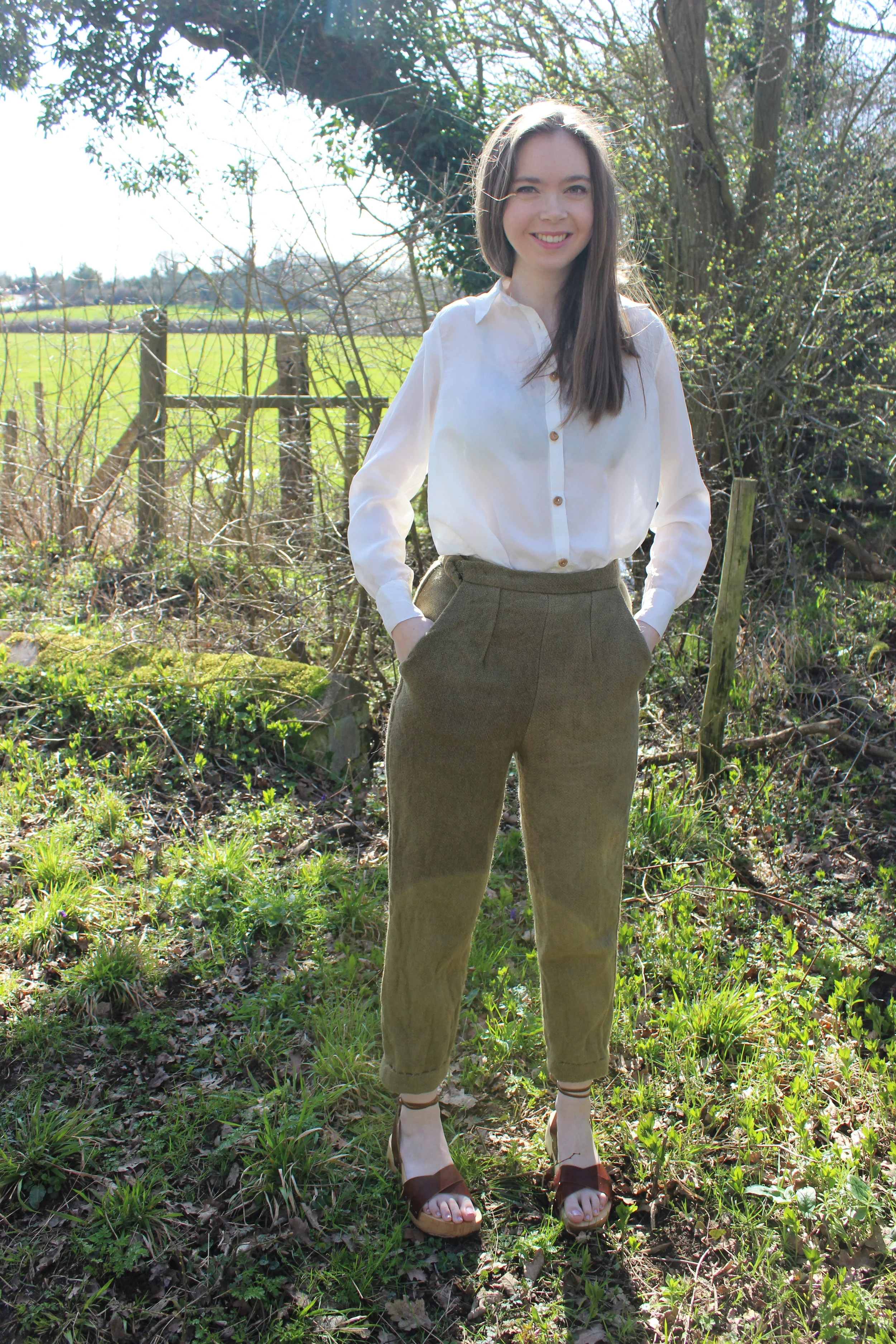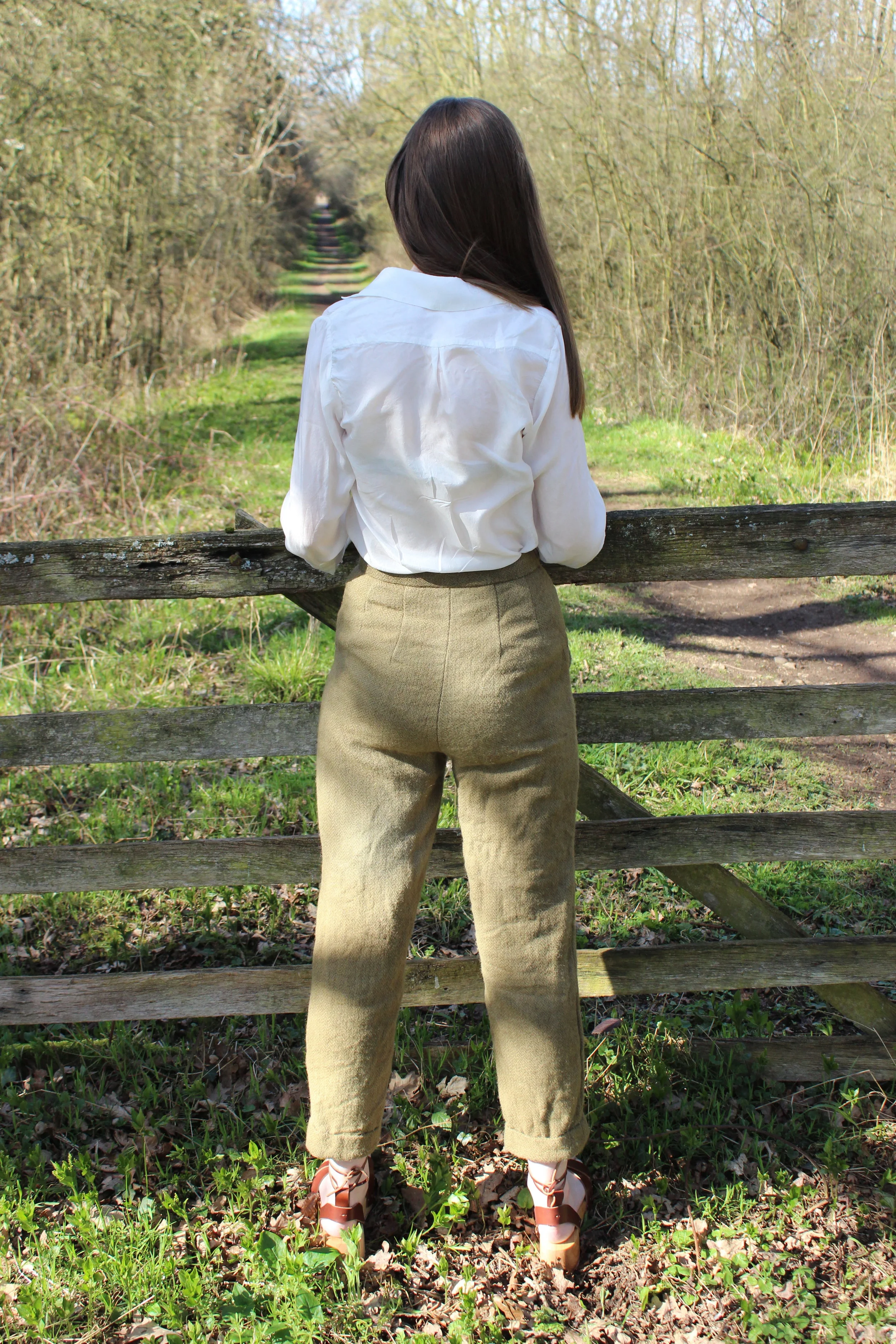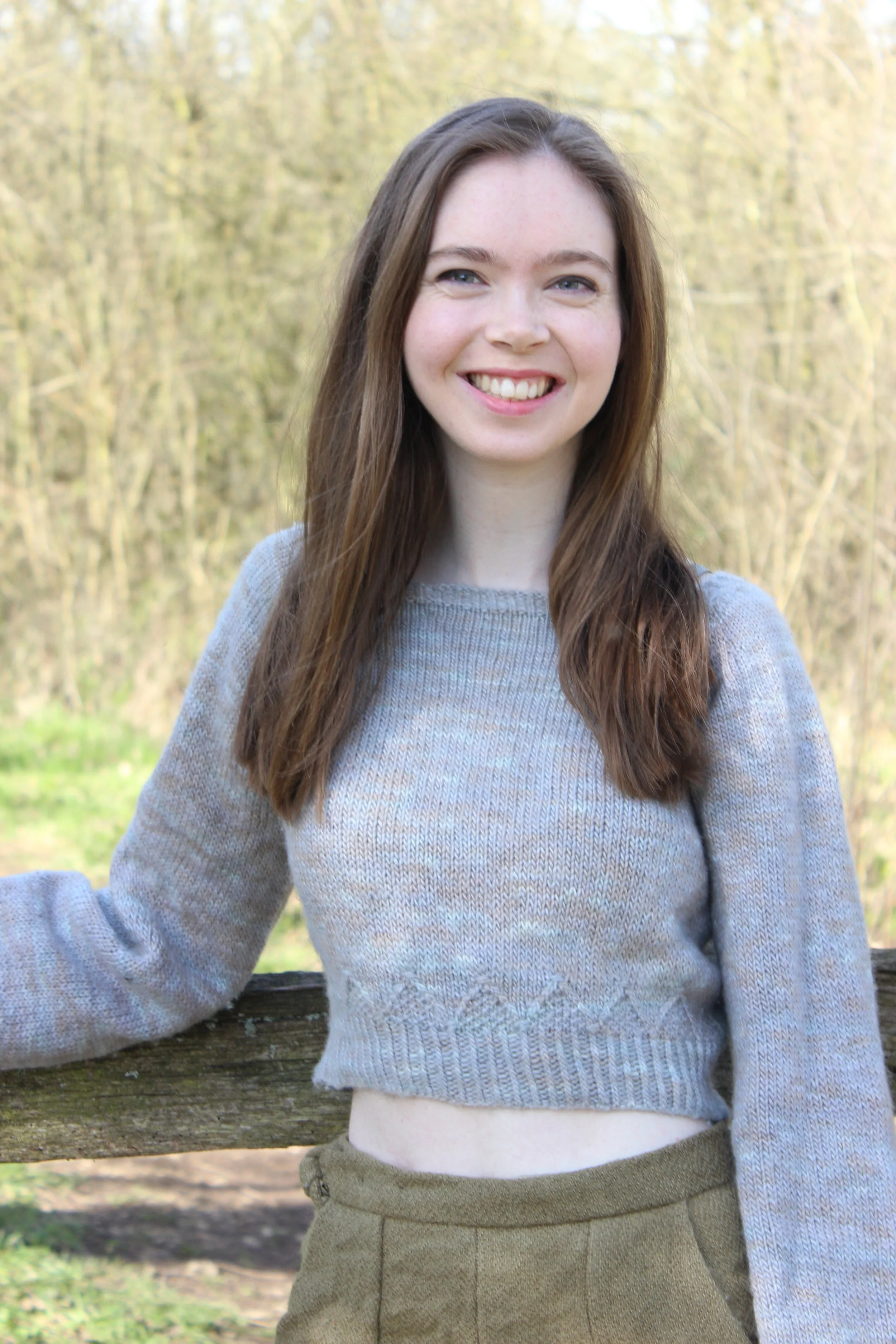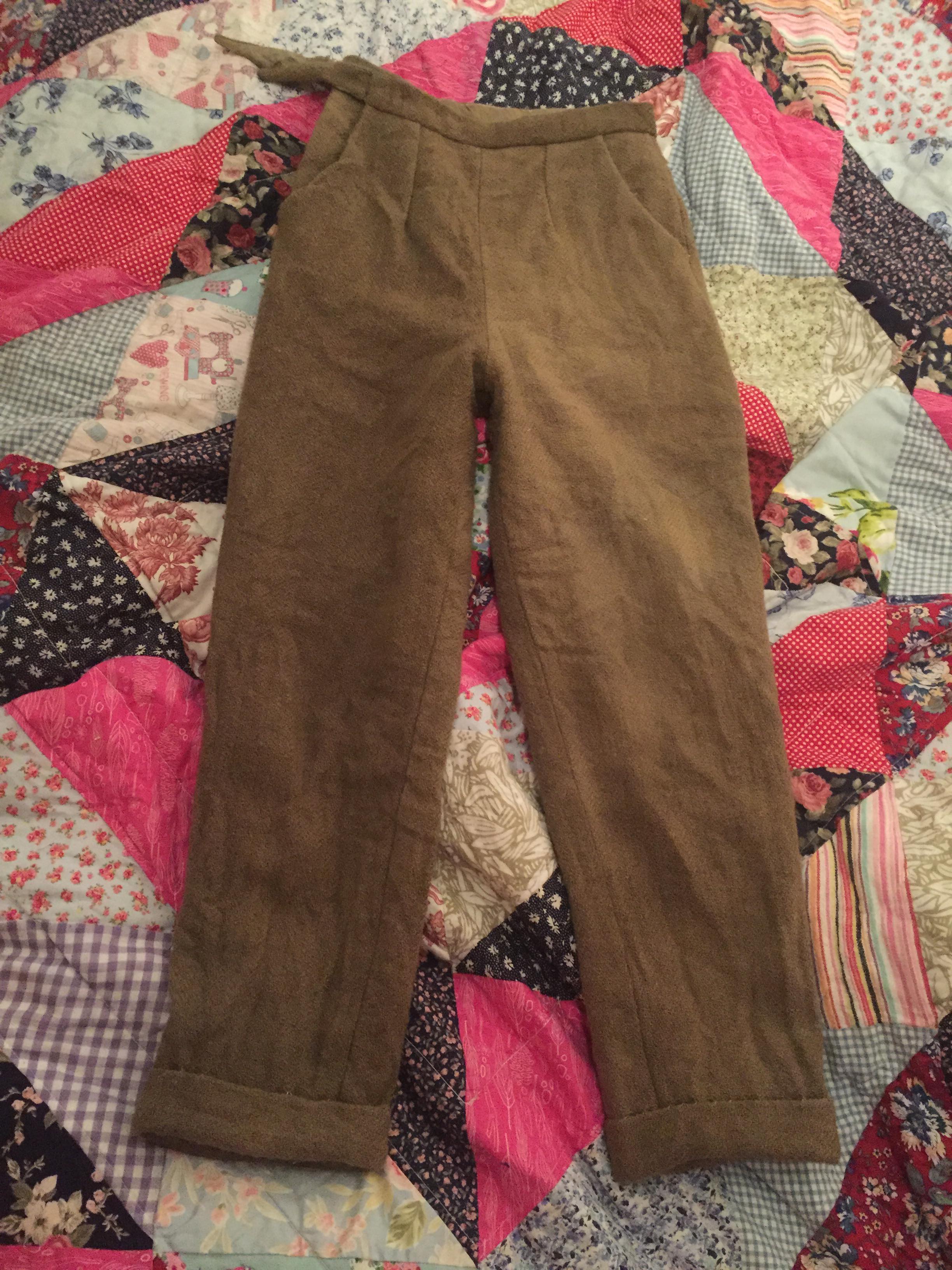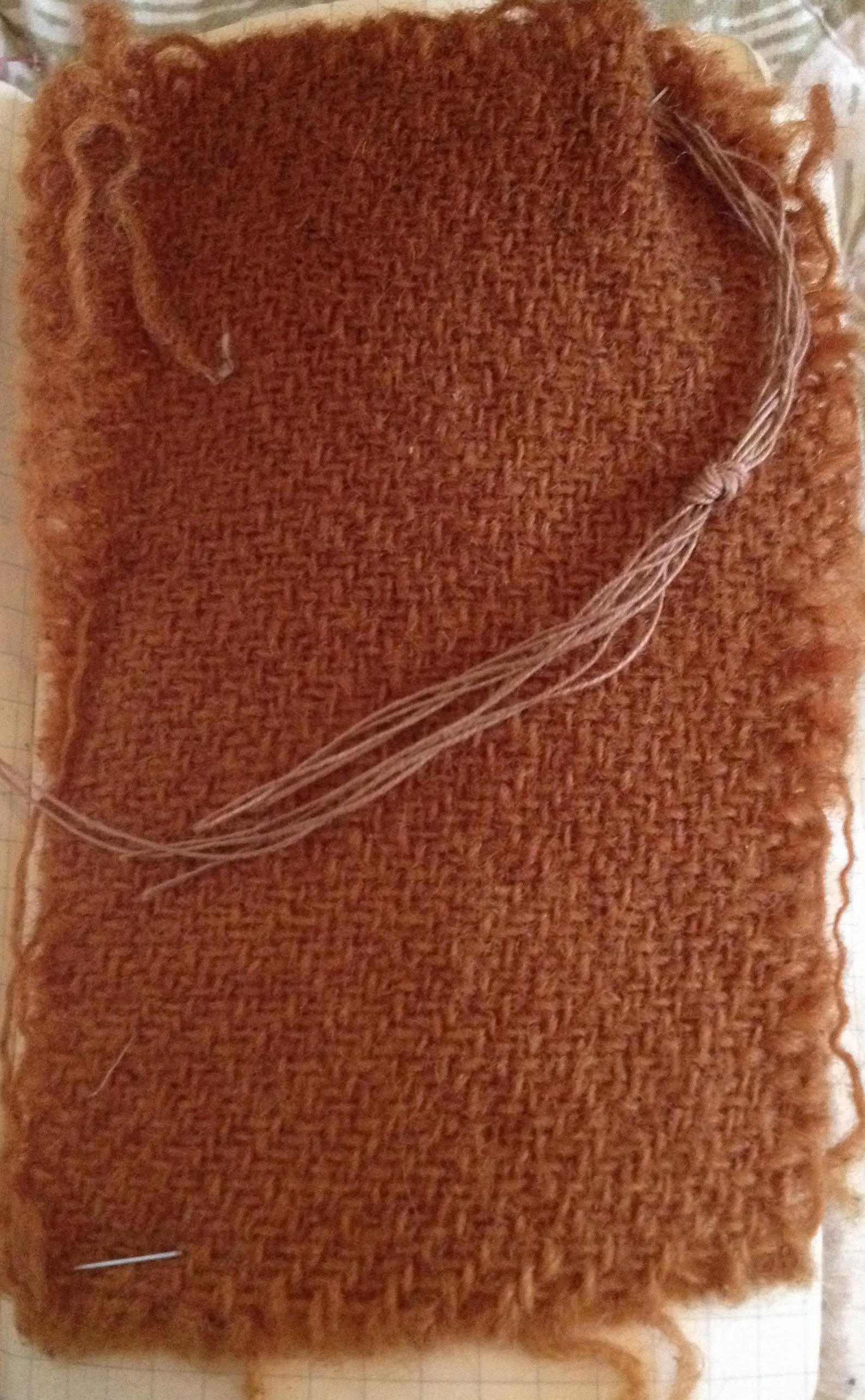Hello all! This is it, my British bra, pants, shirt, trousers and shoes are finished. The process has been quite a huge learning curve and I'm so pleased that I've had the time and the opportunity to explore local fabrics, natural dyeing, learn how to knit and to make shoes amongst many other things for my dissertation.
The silk shirt really is the wardrobe staple that I wanted it to be, it's only major drawback being that the fabric is slightly sheer. There are a couple of niggles with my self drafted pattern and those would be that the cuffs are too tight, the sleeves are slightly too short and the hem is slightly too long. I'm really pleased with the insides of the shirt which are pretty much all french seamed.
The buttons work super well, and I love the rustic element that they give to the shirt. Next time I'll love to make some Dorset buttons with a wire ring base and thread wound around it.
Working downwards, the trousers are possibly my favourite part of the whole ensemble. I love the amount of ease in the leg, and the high waistline. Khaki green is a really versatile colour in my wardrobe and I wear them all the time. I like the slightly cropped length, and I think it works well with the clogs.
I would make the trouser pockets slightly deeper next time just to give me a bit more room. A friend pointed out that they look quite empty at the back, and I agree that some welt pockets would work well.
I'm very pleasantly surprised at how beautiful the clogs look, but I think they will need a bit of breaking in so my feet don't get torn to shreds. I'd love to learn how to do shoe-making 'properly'.
And finally, the jumper! I'm so proud of this jumper. This is the first thing I've ever knitted and I would hope that you wouldn't be able to tell. I do wish that it was just a bit longer, and that the neckline was less open so the shirt wouldn't look so silly when worn underneath it. I think that the neckline has stretched since I started knitting it so I need to research how to prevent that in the future. The neckline does look wonderfully elegant when worn on it's own, but it just looks silly when layered.
I love how the colour scheme of the outfit has worked out. The different colours in the jumper add another dimension and I think it works really well with the khaki of the trousers. The neutral shirt and shoes are really versatile and blend in seamlessly with the two stronger colours in the outfit.
So there it is, my complete British outfit. To learn about the making process you can find all of the relevant blog posts here. Thank you so much for following along with the whole process, to everyone at college who helped me out and to Nicki from This is Moonlight for giving me the inspiration for this project. It's been a lot of fun.
Lauren xx
